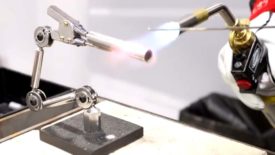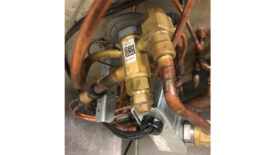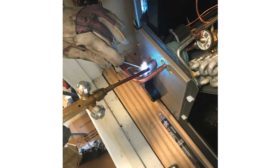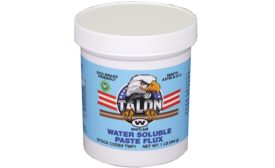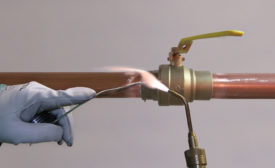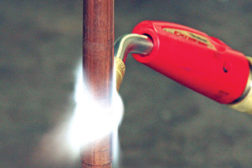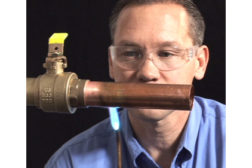Home » Keywords: » soldering and brazing
Items Tagged with 'soldering and brazing'
ARTICLES
Installing Thermostatic Expansion Valves
Don’t assume the TXV is properly adjusted from the manufacturer
Read More
Don’t Be Brazen When It Comes to Soldering and Brazing Techniques
Use these best practices for the best results
Read More
How to Solder No-Lead Fittings
Contractors need to make sure these 10 things happen
November 7, 2016
Uniweld Releases Instructional Video on Joining Aluminum Tubes to Dissimilar Metals
Demonstrates how to join aluminum to copper using company’s soft solder kit
January 29, 2016
New Soldering Procedure Available from NCPWB
Procedure is in accordance with ASTM B-828
January 22, 2016
Recommended Practices for Soldering No-Lead Copper Alloys
Legislation Prompts CDA to Revisit Soldering Techniques for Making Proper Joints
December 8, 2014
Ice Breaker: Brazing and Soldering Procedures Need Care
Tips for Working Safely with Torches
Read More
Copyright ©2024. All Rights Reserved BNP Media.
Design, CMS, Hosting & Web Development :: ePublishing
